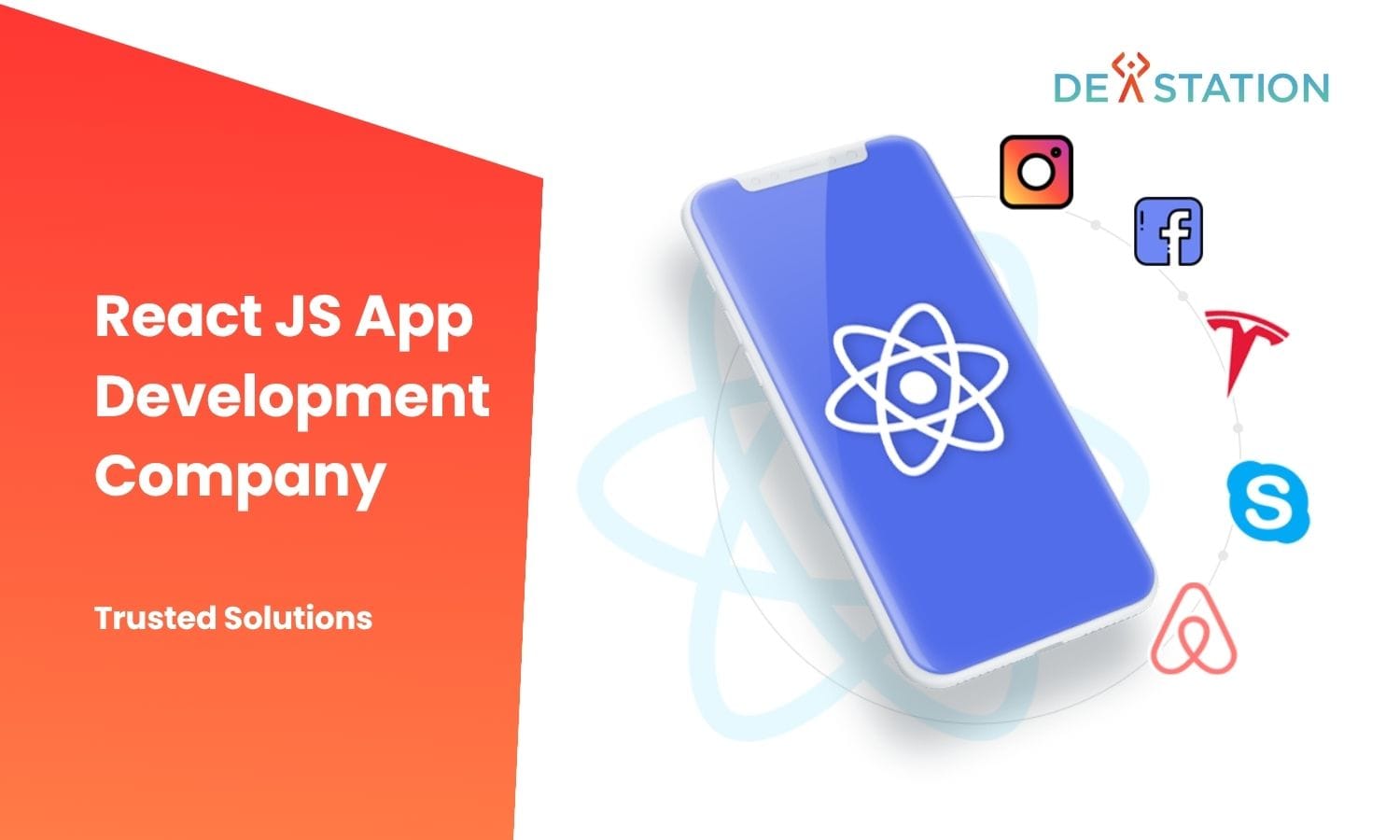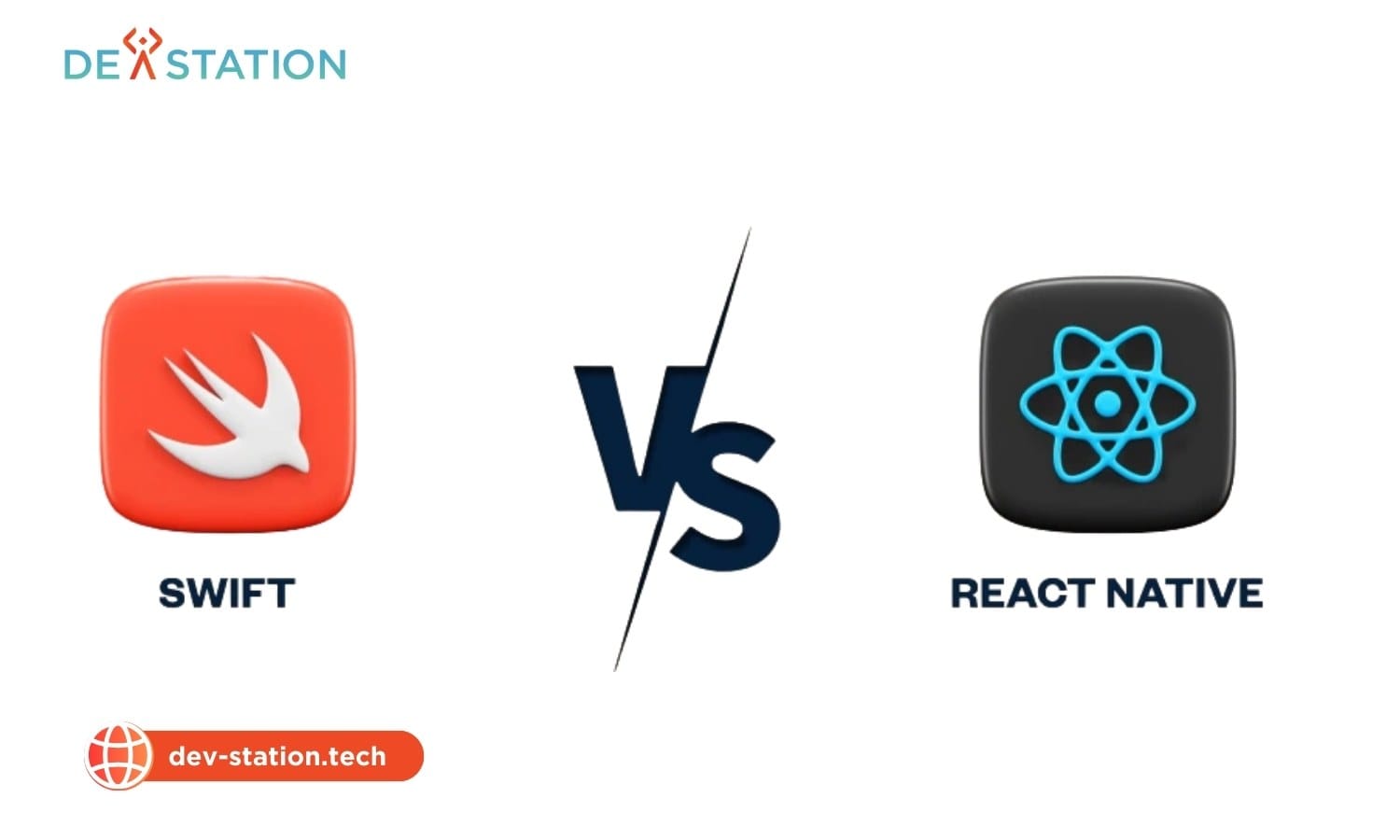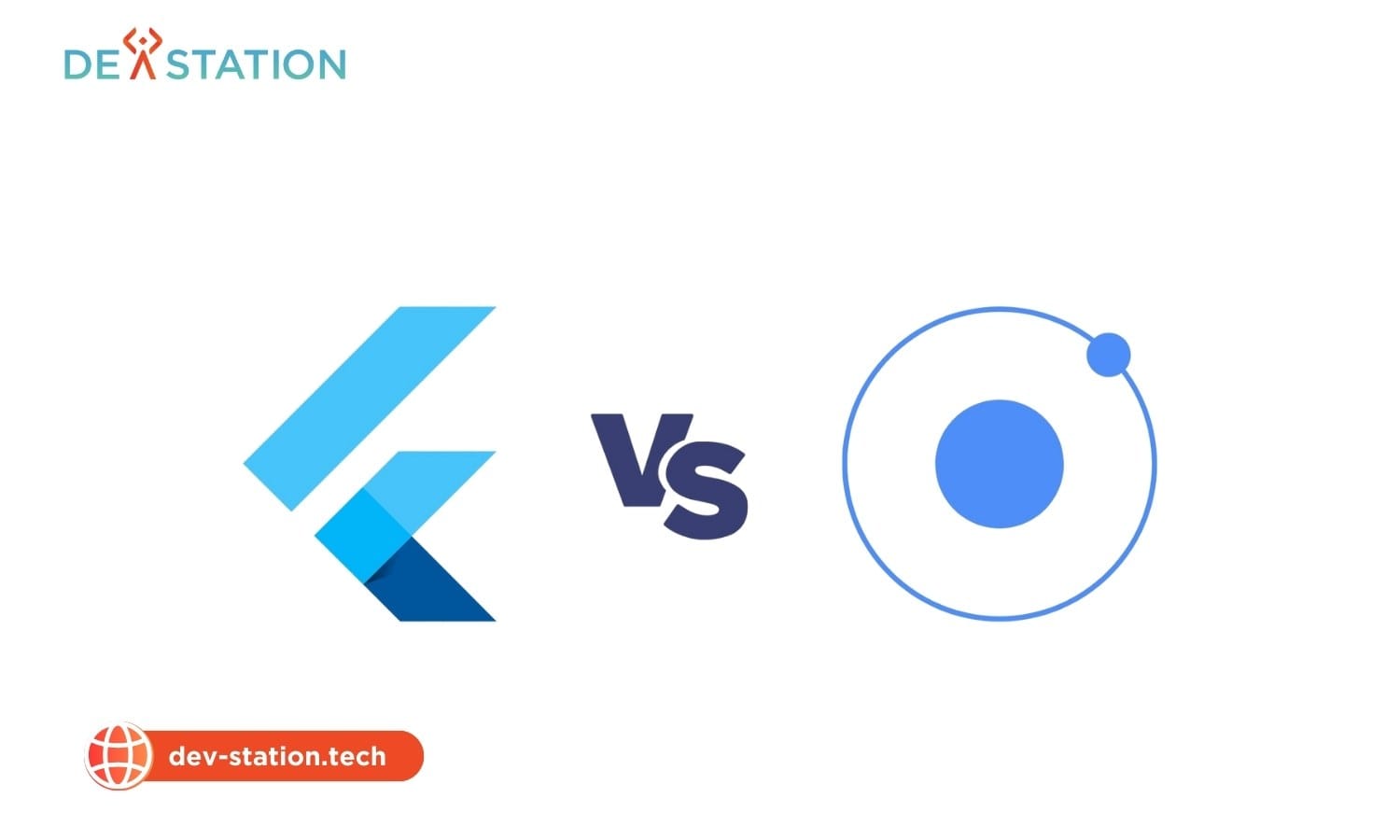Building modern digital experiences requires tools that prioritize efficiency and scalability. At its core, React serves as a JavaScript library focused on creating dynamic user interfaces through reusable components. Unlike full-stack frameworks, it specializes in managing visual elements while integrating seamlessly with other technologies like ReactDOM for web rendering.
Leading platforms such as Facebook and Instagram leverage React’s component-based approach to streamline their applications. Each self-contained piece of code handles specific interface elements, reducing errors and simplifying updates. This modular design allows teams to maintain complex systems without sacrificing performance.
For businesses, adopting this technology translates to faster development cycles and adaptable solutions. The growing demand for skilled developers reflects its strategic value in delivering enterprise-grade products. Organizations gain a structured method to minimize bugs while scaling their digital presence effectively
Contents
ToggleUnderstanding the React Ecosystem and Its Advantages
Digital solutions thrive when supported by adaptable tools that balance power with customization. Unlike traditional frameworks, React operates as a JavaScript library, offering targeted solutions for interface design while letting teams choose complementary technologies. This modular philosophy creates a versatile ecosystem for cross-platform projects.
Defining React as a Library Versus a Framework
React’s identity as a library means it focuses solely on UI components rather than dictating project architecture. Developers gain freedom to pair it with tools like Redux for state management or Next.js for server-side rendering. This contrasts with opinionated frameworks that enforce strict patterns, making React ideal for teams valuing creative control.
Benefits for Web and Mobile App Development
The ecosystem extends beyond web interfaces through React Native, enabling shared code logic between mobile and desktop platforms. JSX syntax merges HTML-like structures with JavaScript, simplifying component creation. Features like virtual DOM ensure smooth performance, automatically optimizing updates across devices.
Businesses benefit from reduced maintenance costs through reusable components. A single team can manage multiplatform projects without rewriting core functionality. This efficiency makes React a strategic choice for scaling digital products while maintaining technical consistency.
Setting Up Your React Development Environment
Preparing a robust development environment forms the foundation for efficient coding workflows. Modern tools like Node.js and Vite simplify initial configurations while ensuring compatibility across systems. Teams benefit from standardized setups that reduce compatibility issues and accelerate onboarding.

Installing Node.js, npm, and Vite
Begin by verifying your Node.js installation using the terminal command node -v. Version 18 or newer is required, with Node 20 offering long-term support for enterprise projects. This runtime environment includes npm, which handles package management for dependencies.
Vite replaces traditional build tools with faster server startup and real-time updates. Install it globally via npm install -g vite or use it directly through project templates. Developers gain immediate access to hot module replacement, reducing refresh delays during testing.
Creating Your First React Application
Generate a new app structure using npm create vite@latest moz-todo-react — –template react. This command scaffolds a pre-configured project directory with essential files. Navigate to the folder and execute npm install to resolve dependencies.
Launch the development server with npm run dev — –open –port 3000. The browser automatically loads a live preview at localhost:3000, updating dynamically as you modify code. This streamlined setup allows immediate focus on building features rather than configuring tools.
react js app development: Choosing the Right Framework
Selecting the optimal tools shapes the trajectory of digital projects. Three prominent options dominate modern workflows: Next.js for full-stack implementations, React Router for navigation management, and Expo for cross-platform adaptability. Each addresses distinct challenges while maintaining component-driven efficiency.

| Framework | Primary Use | Key Features | Best For |
|---|---|---|---|
| Next.js | Full-stack applications | Server-side rendering, static generation | Content-heavy platforms |
| React Router | Client-side navigation | SPA routing, dynamic URLs | Dashboard interfaces |
| Expo | Mobile & web apps | Native UI components, OTA updates | Multi-platform products |
Core Technology Comparisons
Next.js simplifies creating server-rendered experiences through its App Router. Shopify-backed React Router manages complex navigation patterns in single-page architectures. Expo accelerates mobile deployment with pre-built native elements across Android and iOS.
Strategic Implementation Decisions
Established frameworks reduce maintenance overhead through standardized templates and automated features. Teams building custom solutions require advanced expertise to handle routing, rendering, and cross-platform compatibility independently. Time-to-market advantages often justify framework adoption for enterprise-scale initiatives.
Building and Customizing Your React App
Effective digital products demand organized codebases that support growth. Modern tools like Vite establish clear patterns for structuring projects, ensuring teams maintain consistency as features expand. This systematic approach simplifies collaboration while reducing technical debt.
Understanding the File Structure and Key Components
Vite generates three core directories during setup. The public folder stores static assets like logos or fonts, delivered directly to browsers. The src directory contains dynamic elements, including reusable modules and logic files.
Components form the building blocks of interfaces. Each self-contained .jsx file combines HTML-like syntax with JavaScript functionality. This hybrid approach accelerates development by keeping related code together.
Integrating CSS and Assets for a Seamless UI
Visual consistency requires strategic asset management. Place images in src/assets for automatic optimization during builds. Stylesheets can be global or component-specific, with CSS modules preventing naming conflicts.
Three styling methods offer flexibility:
- Global CSS for site-wide elements like typography
- Scoped styles using CSS modules
- Inline styles for dynamic adjustments
This layered approach ensures interfaces remain adaptable across devices. Teams can update designs without disrupting core functionality.
Leveraging Advanced React Techniques
Mastering advanced methods unlocks new possibilities in creating efficient digital solutions. These strategies enhance performance while maintaining clean, reusable code structures. Let’s explore three core approaches that elevate modern interface development.
Using JSX Expressions and Component Props
JSX bridges markup and logic by embedding JavaScript variables within curly braces. This enables dynamic content like personalized greetings or real-time data displays. Props function similarly to HTML attributes, passing information between components with intuitive syntax.
Optimizing Performance with Server Components and Suspense
Server components reduce client-side load by executing database operations directly. Combined with Suspense, they enable staged loading animations during data fetching. This hybrid approach minimizes wait times while maintaining interactive user experiences.
| Technique | Key Feature | Benefit |
|---|---|---|
| JSX Expressions | Embed logic in markup | Dynamic UI elements |
| Component Props | Data inheritance | Consistent architecture |
| Server Components | Backend execution | Faster initial load |
| Suspense | Loading states | Smooth transitions |
Implementing Code Reusability Strategies
Shared components across projects slash development time. Techniques like custom hooks encapsulate complex logic for repeated use. This modular approach ensures updates propagate universally, reducing maintenance overhead.
These methods empower developers to build scalable systems. Balancing performance with flexibility creates applications ready for evolving user demands.
Incorporating Mobile App Development with React Native and ReExt
Expanding digital products to mobile platforms demands tools that bridge efficiency with native performance. React Native, launched by Facebook in 2015, empowers teams to build iOS and Android solutions using familiar JavaScript workflows. Major brands like Instagram and Skype rely on this framework to maintain responsive interfaces across devices.
Setting Up for Cross-Platform Development
Begin by installing the framework using npx react-native init ProjectName. This command scaffolds a mobile-ready structure with platform-specific configurations. Developers share up to 90% of logic between iOS and Android versions, drastically cutting production timelines.
Integrate ReExt’s component library via npm install @gusmano/reext. Wrap your root file with ReExtProvider to activate enterprise-grade grids and charts. Specify SDK versions and theme preferences during setup to align with project requirements.
Integrating Pre-built Components for Efficiency
ReExt offers 140+ tested elements like data tables and forms. These modules reduce coding efforts by 40% compared to custom builds. Teams customize components through props while maintaining strict type-checking for reliability.
Three core advantages emerge:
- Unified codebase updates reflect instantly across platforms
- Native rendering ensures smooth animations and touch responses
- Centralized bug fixes simplify maintenance cycles
This approach lets organizations deploy feature-rich applications faster. Combined with React Native’s performance optimizations, businesses achieve consistent user experiences at scale.
Conclusion
Navigating the component-driven ecosystem requires strategic choices that align with technical goals. The right frameworks and tools streamline workflows, enabling teams to deliver polished applications faster. By mastering setup processes like npm package management, developers establish stable foundations for scalable projects.
Adopting modular architectures ensures long-term adaptability. Shared codebases across platforms reduce redundancy while maintaining user-centric interfaces. Version control and standardized instructions help teams collaborate efficiently, minimizing friction during updates.
For organizations, this approach translates to sustainable growth. Pre-built components accelerate launches without compromising customization. Whether building new apps or refining existing systems, the methodology prioritizes both performance and maintainability.
Success lies in balancing innovation with practicality. Structured workflows empower businesses to meet evolving demands while keeping technical debt manageable. The result? Digital solutions that scale seamlessly with market needs.





